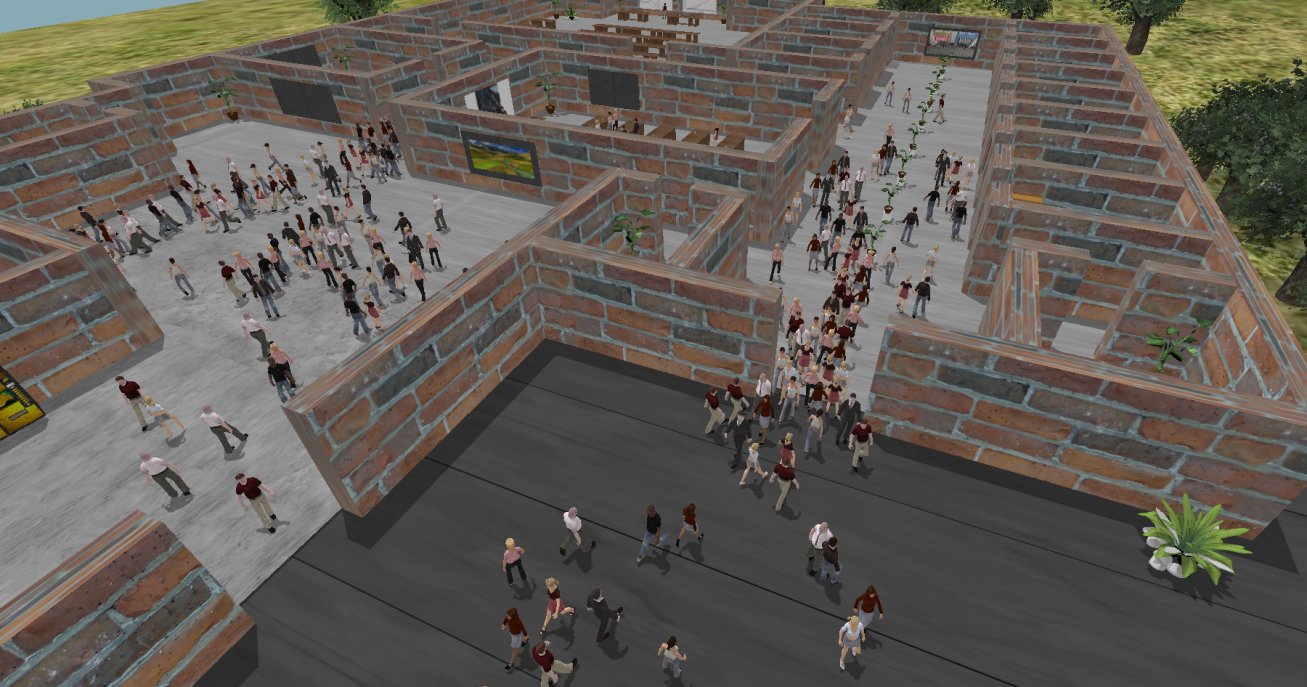Crowd Simulation: STW Demonstarator Project
We are developing a crowd simulation engine for game developers and companies specialized in simulating large flows of people. We have recently received a grant of 150,000 Euros from the STW technology foundation’s Demonstrator Programme. The simulation software developed by the computer scientists in Utrecht is much more advanced than the packages currently available on the market.
The crowd simulation software is built in such a way that a single PC can simulate more than one million characters. The commercially available crowd simulation does not support that. The software is also better at simulating the characters’ real-time reactions to adjustments in the surroundings than the ‘state of the art’ simulation software, or even the best computer games.

The exceptional performance of the software is the result of a clever organization of the calculations in five separate steps. Each step zooms in to a level of greater detail. This saves considerable calculation time, and it makes the system extremely flexible. “For every change to the surroundings, the system only has to calculate the local effect of the changes. This makes our system much faster and the crowd reacts immediately to these changes”, explains Dr. Roland Geraerts of Utrecht University.
The system is also unique in that it uses walkable surfaces instead of walkable lines. With walkable lines, it is difficult to prevent collisions and to model social behaviour, such as groups of people who walk together. Surfaces, however, lend themselves well to these types of calculations. Utrecht’s crowd simulation software therefore provides much more realistic results.
Another advantage to the crowd simulation software from Utrecht is that the areas need not be limited to a single building or festival area; entire city neighbourhoods can be simulated. The environments can be simulated in two or three dimensions, allowing for simulations of large festival areas or entire cities, but also 3D infrastructures such as football stadiums or airport terminals.

